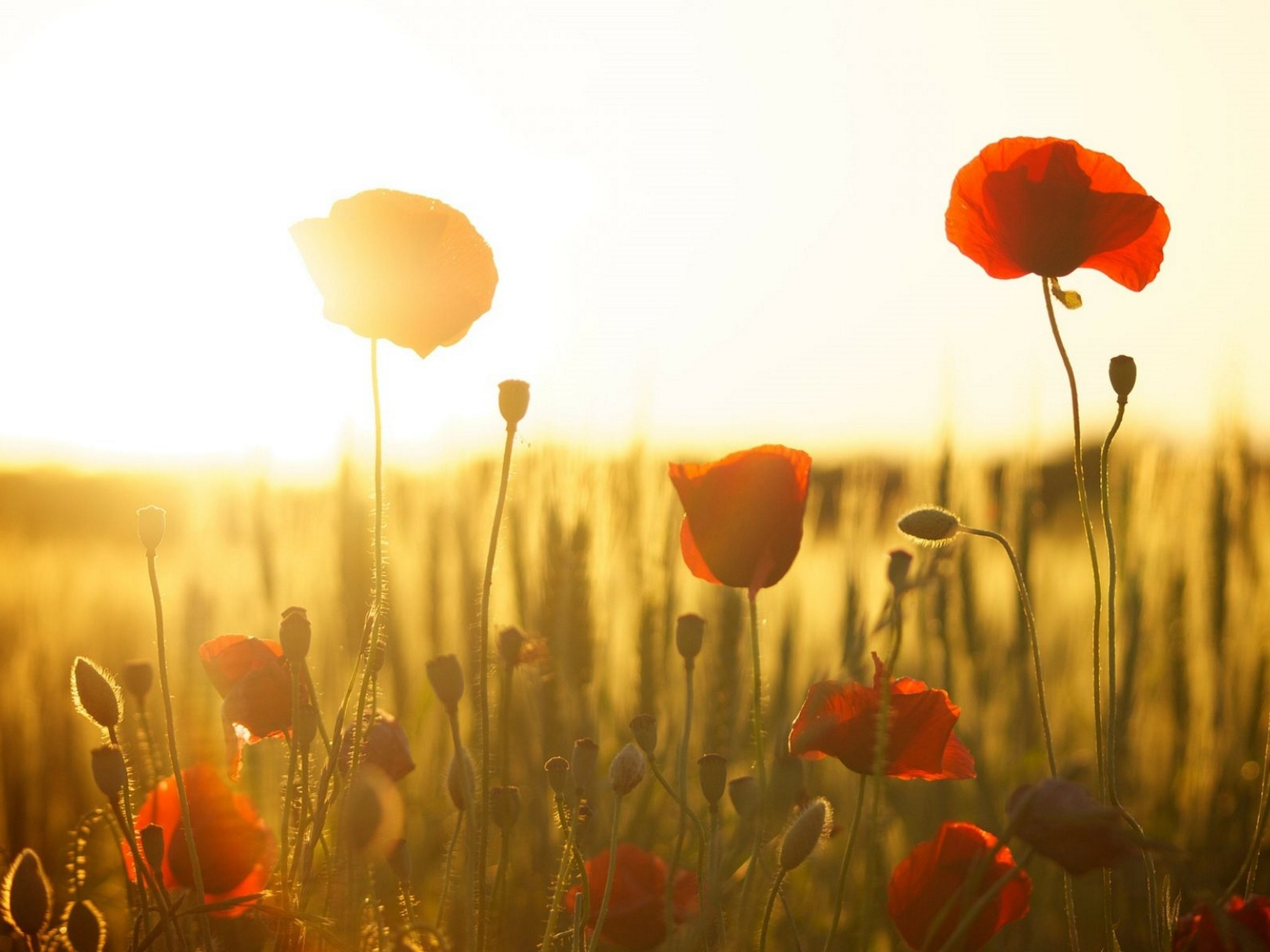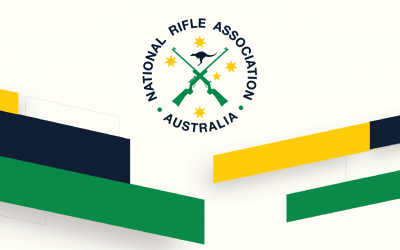Remembrance Day falls on 11th November each year.
On the 11th hour on the 11th day of the 11th month, a minutes’ silence is observed and dedicated to those soldiers who died fighting to protect the nation.
In Australia and other allied countries, including New Zealand, Canada and the United States, 11th November became known as Armistice Day – a day to remember those who died in the Great War. The day continues to be commemorated in allied countries.
After World War 2, the Australian Government agreed to the United Kingdom’s proposal that Armistice Day be renamed Remembrance Day to commemorate those who were killed in both World Wars. Today the loss of Australian lives from all wars and conflicts is commemorated on Remembrance Day.
On every Remembrance Day, the National Rifle Association of Australia (NRAA) club members are encouraged to dedicate time to remember the sacrifices of those who fought in all conflicts for the security and freedoms Australians enjoy today.
What is not widely known is the role played, after war was declared in 1914, by many members of the rifle clubs across Australia at the time. Australian rifle shooters willingly and in large numbers answered the ‘call to arms’ eagerly volunteering to do their duty and were thereby actively involved in ‘defining our great nation’. In the early 1900s many Australian country towns had rifle clubs and these clubs were an integral part of the social fabric of these small communities. The consequences of the Great War were enormous and many of our small towns were inflicted with the persistent pain of losing much loved members of their communities.
World War 2 also saw members from many Australian rifle clubs enlist to serve our country. Rawdon Hume Middleton, a jackaroo and a member of the Rocky Dam Rifle Club in NSW, answered the call enlisting in the Royal Australian Air Force in October 1940. He reached the rank of Flight Sergeant by December 1941. Rawdon Middleton died on 29 November 1942 having ditched his Stirling aircraft in the English Channel when returning from flying operations over Turin, Italy. Rawdon Middleton is one of only four members of the Royal Australian Air Force to be awarded the Victoria Cross (VC) and is the first to be so awarded for actions during World War 2. His Victoria Cross is on display in the Australian War Memorial in Canberra.
On the brick wall at the main entrance of Jamieson House, the headquarters of the New South Wales Rifle Association, there is a commemorative plaque.

Pilot Officer Rawdon Hume Middleton
(Sourced from Australian War Memorial Collection P10676514)

The Australian War Memorial at https://www.awm.gov.au/collection/P10676514 briefly outlines Rawdon Middleton’s life and his service during World War 2 leading to his death on 29 November 1942:
‘Rawdon Middleton was born on 22 July 1916 at Waverly in Sydney, a great-nephew of the explorer, Hamilton Hume. His family moved to the western districts of New South Wales when he was young and he attended school in Dubbo, becoming a keen sportsman and later finding work as a jackeroo.
He enlisted in the RAAF on 14 October 1940 under the Empire Air Training Scheme. Having learnt to fly at Narromine, New South Wales, Middleton was sent to Canada to continue his instruction. He reached Britain in September 1941 and was promoted to Flight Sergeant in December that year. In February 1942 Middleton was posted to 149 Squadron, Royal Air Force, and began his operational career. His first operational flights, to the Ruhr, were as second pilot in Stirling bombers but by July he had become first pilot. His first operation as captain of an aircraft was to Düsseldorf.
On 28 November 1942 he took off on his 29th operation, to the Fiat works in Turin, Italy. Middleton’s aircraft was struck by flak over the target, one shell exploded in the cockpit wounding Middleton in the face and destroying his right eye. The same shell also wounded the second pilot and wireless operator. Middleton lost consciousness and the aircraft dived to just 800 feet before the second pilot brought it under control. They were hit by more flak as they tried to escape the target.
When Middleton regained consciousness he began the long and gruelling flight back over the Alps towards England, knowing that his damaged aircraft had insufficient fuel to complete the journey. The crew discussed the possibility of abandoning the aircraft or trying to land in northern France but Middleton decided to head for England where his crew would have the chance to bail out. As they approached the French coast the Stirling was again hit by flak but flew on. Now over the English coast with only five minutes of fuel left Middleton ordered the crew to abandon the aircraft. Five men left the stricken plane, and two remained on board to help Middleton before attempting to parachute to safety, although unfortunately both were drowned. The Stirling then crashed into the sea, killing Middleton. He was only one operation away from completing his first tour on bombers.
Middleton’s bravery was recorded in the English press and earned him the admiration of the British public and a posthumous Victoria Cross. His body washed ashore at Dover on 1 February 1943 and he was buried in the churchyard of St. John’s, Beck’s Row, Suffolk, with full military honours.’
Remembrance Day enables all of us to reflect upon the dedication, commitment and sacrifices of our past and present Defence Force members. This includes the 28,000 rifle club members who enlisted and fought during the Great War, some of who lie buried in far off lands, and the many other rifle club members, such as Rawdon Middleton VC, who enlisted and fought in World War 2.
On Saturday 11th November 2023, we pause to remember at home, at work, at club rifle ranges and at local services conducted at our Nation’s Memorials.


Lest We Forget


